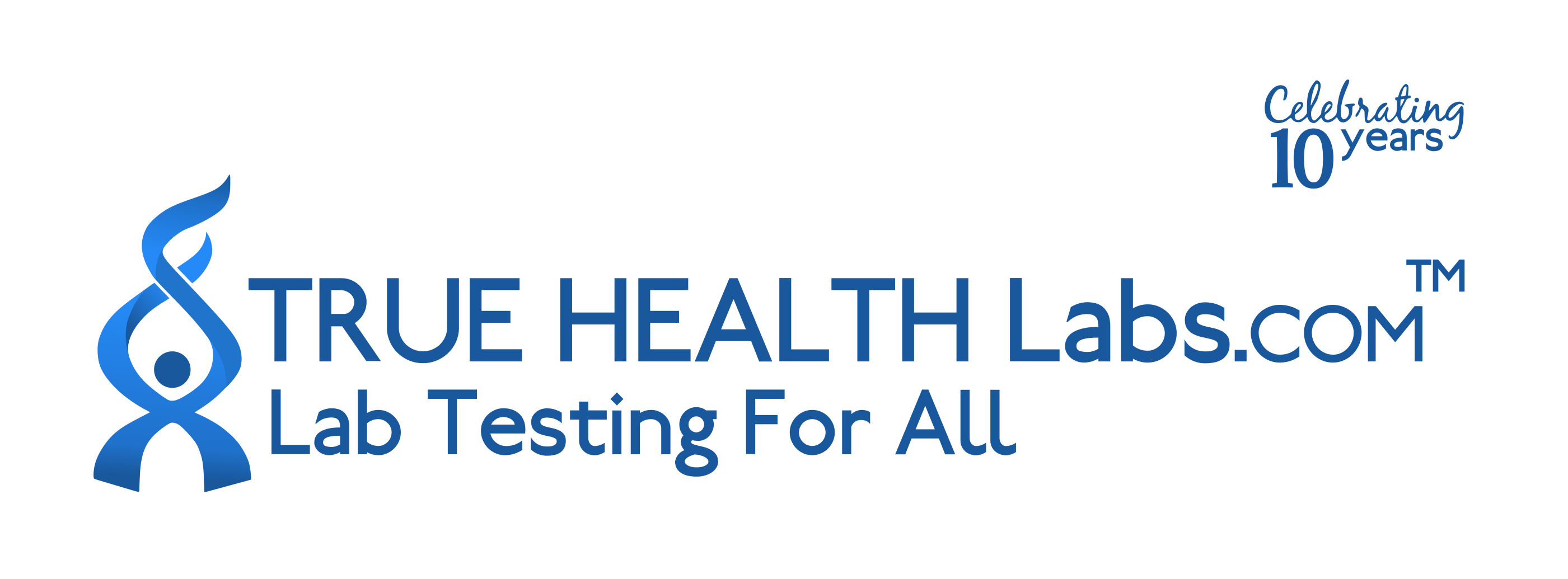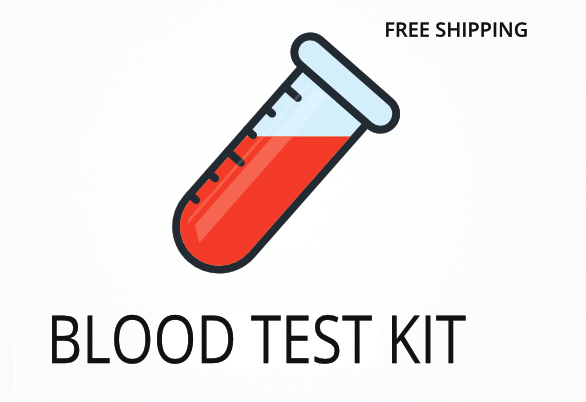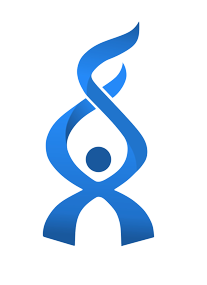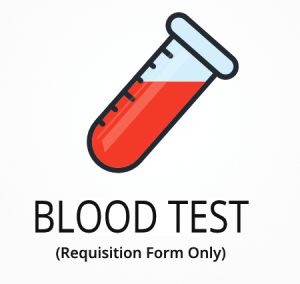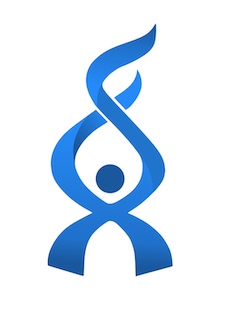Ordering the Hormonal Health Test
Ordering the Hormonal Health Test helps pinpoint specific hormone imbalances that may be linked to symptoms like fatigue, mood changes, or irregular periods. Interestingly, hormone levels can shift throughout the day, so testing at the right time can reveal patterns that might otherwise go unnoticed.
When ordering, you can expect these specific benefits:
- Identifies estrogen, progesterone, and testosterone levels to help clarify the cause of symptoms.
- Measures cortisol and DHEA-S to assess adrenal function and stress response.
- Evaluates hormone metabolites, which can show how your body processes hormones.
- Provides a detailed look at hormone-binding proteins, which affect how much hormone is available for use.
- Supports targeted treatment plans by giving clear, actionable data for your healthcare provider.
Who Should Consider Comprehensive Hormone Panel Testing
People who have been dealing with unexplained weight gain, hair loss, or changes in mood may find this test helpful. For example, someone who has tried different diets and exercise routines but still struggles with stubborn weight or low energy might discover that hormone imbalances are playing a role.
Ordering this test may also be helpful in these situations:
- Experiencing hot flashes or night sweats during menopause.
- Dealing with irregular menstrual cycles or fertility concerns.
- Noticing new or worsening acne, especially in adulthood.
- Having ongoing sleep problems that don’t improve with lifestyle changes.
- Finding that breast tenderness or bloating occurs at unusual times, which can sometimes be linked to hormone metabolism issues.
Testing can help pinpoint the exact hormone levels that may be causing symptoms like fatigue, mood swings, or irregular cycles, making it easier to address the root cause. Delaying this test could mean missing the chance to catch hormone changes early, which may make symptoms harder to manage over time.
Preparing for Your Hormone Balance Assessment
Fasting is not required for this test, but it’s best to follow the timing instructions provided in your test kit for the most useful results. Always go by any specific directions from your doctor or healthcare provider to make sure your sample is collected correctly and your results are as helpful as possible.
Labs Included When Ordering Your Hormonal Health Test
| Test Name | Reference Range | What This Marker Means | Low and High Levels of Hormonal Health Test |
|---|---|---|---|
| Estrone | Men: 10-60 Women (premenopausal): 17-200 Women (postmenopausal): 7-40 |
Estrone is a type of estrogen made mainly in fat tissue and ovaries. It helps regulate menstrual cycles and supports bone strength. |
High levels mean possible estrogen dominance, which can cause symptoms like bloating or breast tenderness.
Low levels mean reduced estrogen activity, which may lead to bone loss or irregular periods. |
| Estradiol | Men: 10-40 Women (follicular): 30-120 Women (luteal): 70-250 Women (postmenopausal): 10-50 |
Estradiol is the main estrogen in women of childbearing age. It plays a key role in reproductive health and mood regulation. |
High levels mean possible ovarian cysts or estrogen-producing tumors.
Low levels mean risk for hot flashes, night sweats, or decreased bone density. |
| Estriol | Non-pregnant: <7 Pregnant: 2,800-28,000 |
Estriol is a weaker estrogen, mostly produced during pregnancy. It helps support the uterus and fetal development. |
High levels mean possible pregnancy or increased estrogen metabolism.
Low levels mean possible issues with estrogen production or metabolism. |
| 2-Hydroxyestrone | 0.5-3.0 | 2-Hydroxyestrone is a breakdown product of estrogen. It is considered a “good” estrogen metabolite and may help protect cells. |
High levels mean increased estrogen breakdown, which may lower estrogen effects.
Low levels mean less protective estrogen metabolism, possibly raising risk for estrogen-related symptoms. |
| 16a-Hydroxyestrone | 0.2-1.2 | 16a-Hydroxyestrone is another estrogen metabolite. Higher levels may be linked to increased estrogenic activity in tissues. |
High levels mean more active estrogen effects, which may increase risk for certain symptoms.
Low levels mean less estrogenic activity, which may affect hormone balance. |
| Testosterone | Men: 300-1,000 Women: 15-70 |
Testosterone is a key hormone for muscle strength, energy, and sex drive in both men and women. |
High levels mean possible polycystic ovary syndrome or excess hair growth.
Low levels mean reduced muscle mass, low libido, or fatigue. |
| Sex Hormone-Binding Globulin (SHBG) | Men: 10-57 Women: 18-144 |
SHBG is a protein that binds to sex hormones, controlling how much is available for the body to use. |
High levels mean less free hormone is available, which can lower hormone effects.
Low levels mean more free hormone, which can increase hormone activity. |
| DHEA-S | Men: 80-560 Women: 35-430 |
DHEA-S is made by the adrenal glands and is a building block for other hormones, including estrogen and testosterone. |
High levels mean possible adrenal overactivity or hormone-producing tumors.
Low levels mean adrenal fatigue or reduced hormone production. |
| Estrone Sulfate | Men: 35-200 Women: 40-310 |
Estrone sulfate is a storage form of estrogen that can be converted back to active estrogen when needed. |
High levels mean increased estrogen storage, which may affect hormone balance.
Low levels mean less stored estrogen, which may lower available estrogen. |
| Progesterone | Men: <1 Women (follicular): 0.2-1.5 Women (luteal): 2.5-28 |
Progesterone helps prepare the uterus for pregnancy and balances the effects of estrogen. |
High levels mean possible ovarian cysts or hormone therapy.
Low levels mean irregular cycles or trouble maintaining pregnancy. |
Reference ranges may change slightly as labs update their standards, so always check your report for the most current values.
Hormonal Health Test FAQ
Is there Hormonal Health Test testing near me?
This is a test kit that can be collected at a local draw site, which you can find using the draw location link at the top of the page. For people experiencing symptoms like fatigue or irregular cycles, having a nearby collection site makes it easier to get tested quickly and start finding answers.
How do I interpret the test results?
While your treating physician should always review your results, you can also use our one-on-one test results review service for a detailed explanation from our clinical team.
What is the cost of the test?
The price listed for the test includes standard shipping to you and return shipping to the lab, but local draw fees may apply. Ordering this test can help you address hormone-related symptoms sooner, which may lead to faster relief and more targeted treatment.
How often should I retest?
Retesting is usually recommended every 3-6 months, especially if you are starting or changing a treatment plan, to track how your hormone levels respond and adjust your care as needed.
How accurate is the test?
This test uses high-performance liquid chromatography with tandem mass spectrometry (LC-MS/MS) for hormone measurement, with a specificity of 98% and sensitivity of 97%. TrueHealthLabs.com partners with CLIA-certified and CAP-certified laboratories to uphold rigorous testing standards for dependable results.
Important Notes
- This kit cannot be mailed or collected in New York State. Contact us with questions.
Medical Review Board
Reviewed by Jeff Donohue M.D. from Body Logic and Brady Hurst DC, CCCN. Written by True Health Lab’s team of editorial health contributors.
Disclaimer: This information is for educational purposes only and not intended as medical advice. Consult your healthcare provider for personalized guidance.
Why Customers Trust True Health Labs - What People are saying
Also rated 4.6 out of 5 based on 3452 ShopperApproved reviews- See all TrueHealthLabs.com reviews.
